Chippewa City was a turn of the century settlement on the north shore of Lake Superior near Grand Marais. The only building left from the settlement is the Saint Francis Xavier Catholic Church (also known as the Chippewa City Church), built in 1895. There’s a cemetery, too, of course. It’s located about one-eighth of a mile north of the church on a pretty little dirt road.
When a member of the community died, their coffin would lay in the church until the service. Afterward, the casket would be carried or driven to the cemetery. The church bell would ring from the time the body left the church until the burial was done. Many in the community still feel sadness when they hear the bells ring.
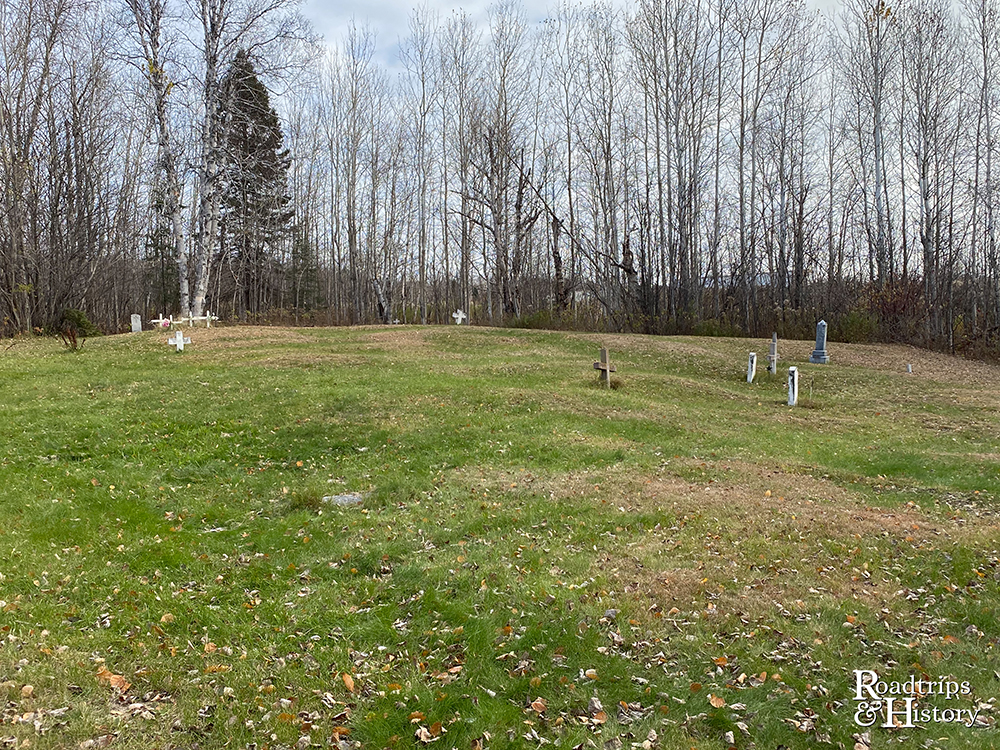
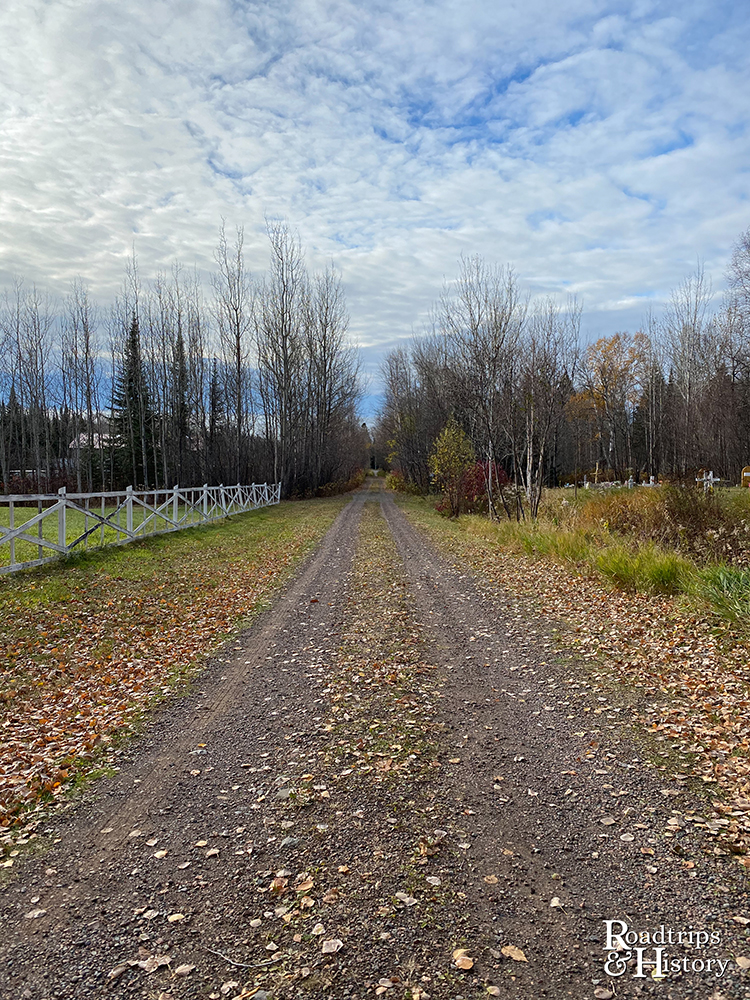
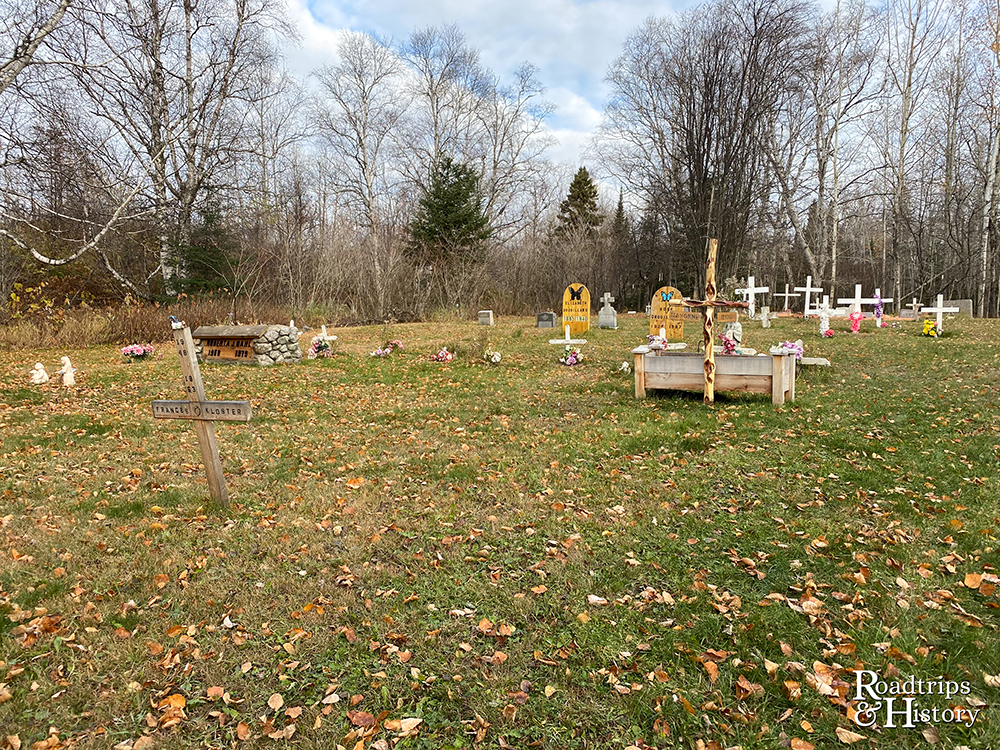
Old Cemetery
On the east side of the road is the old cemetery. It’s about half of an acre of land acquired in 1892 for the people of Chippewa City to be buried. A large, white cross was planted in the center of the cemetery. Burial sites were marked with headstones, wooden crosses, or stones. Some had white fences around the graves, while others had the traditional wooden crypts over them.
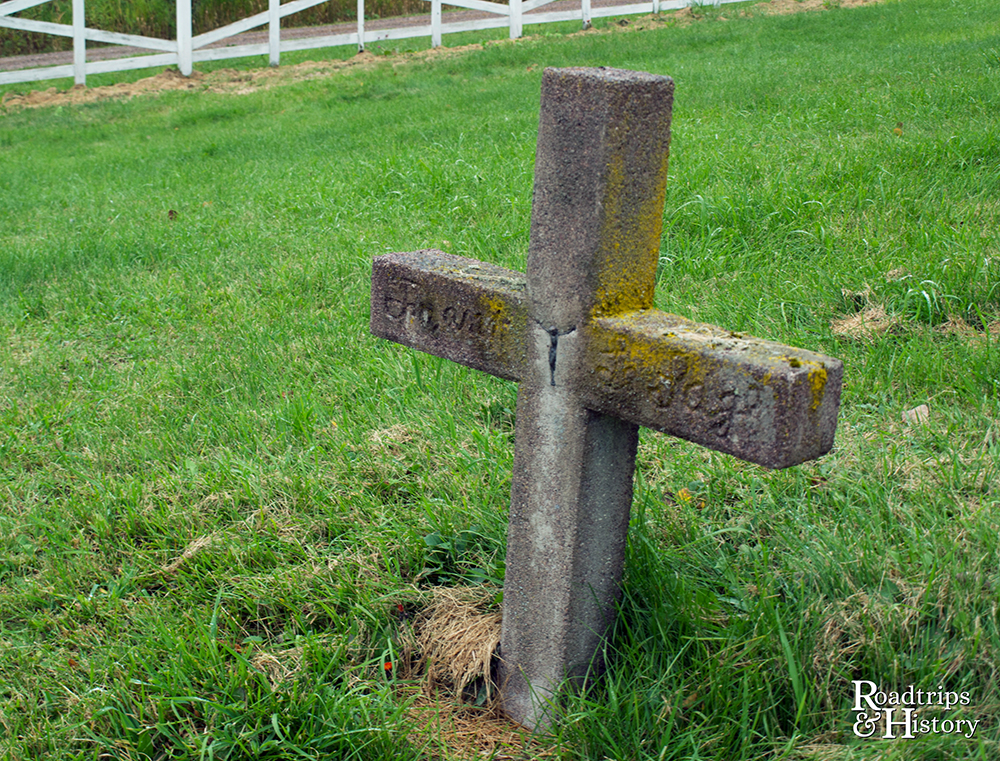
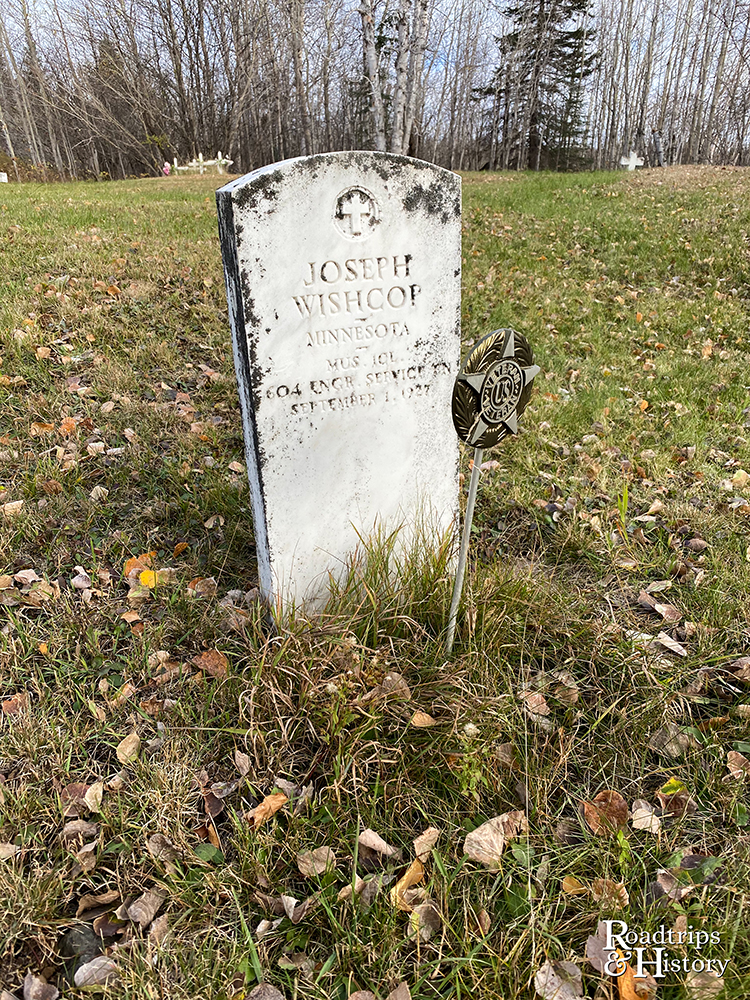
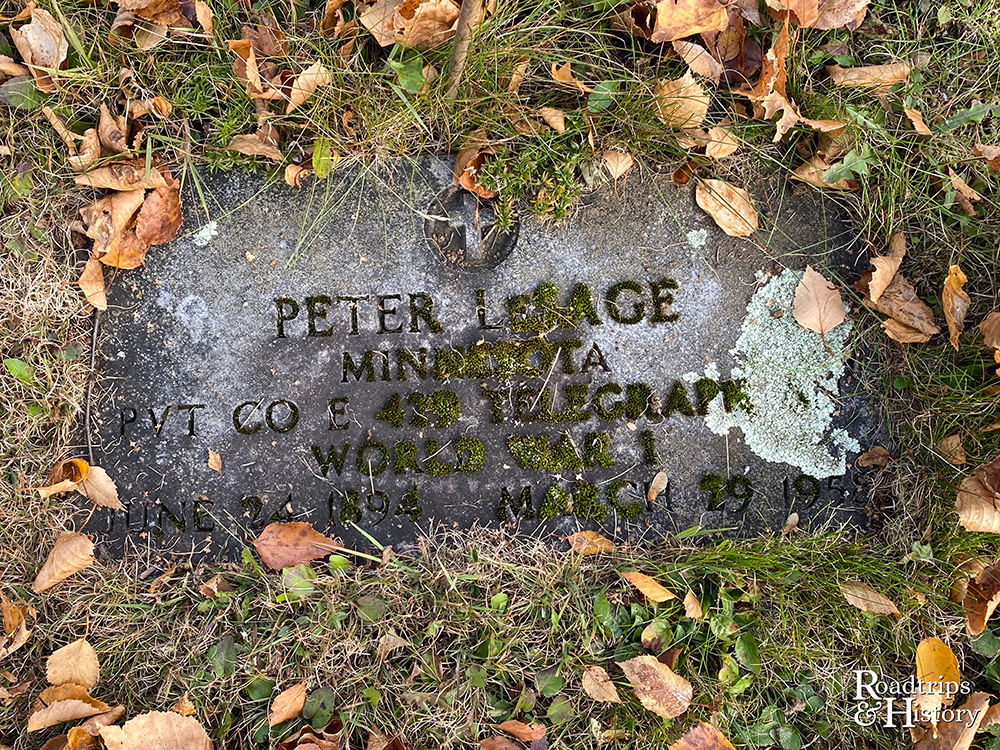
In 1958, a troop of local Boy Scouts took up cleaning the church grounds and cemetery. In the process, many of the wooden crypts, fences, and markers were “inadvertently disposed of.” That left many families unsure of where their loved ones were buried. Only a handful of stone grave markers remain.
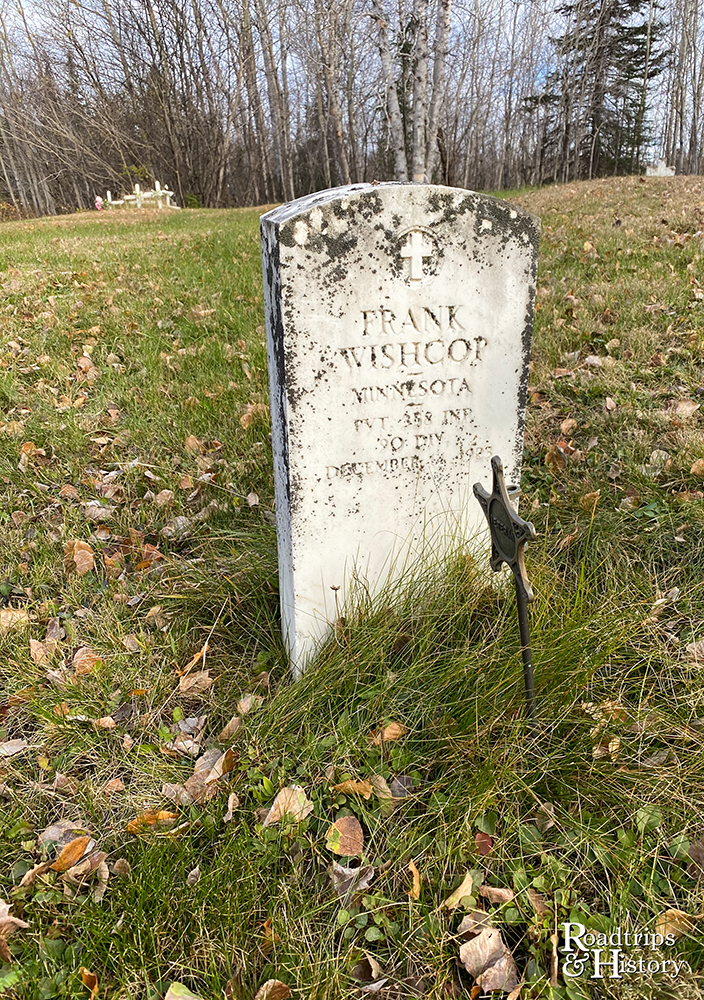
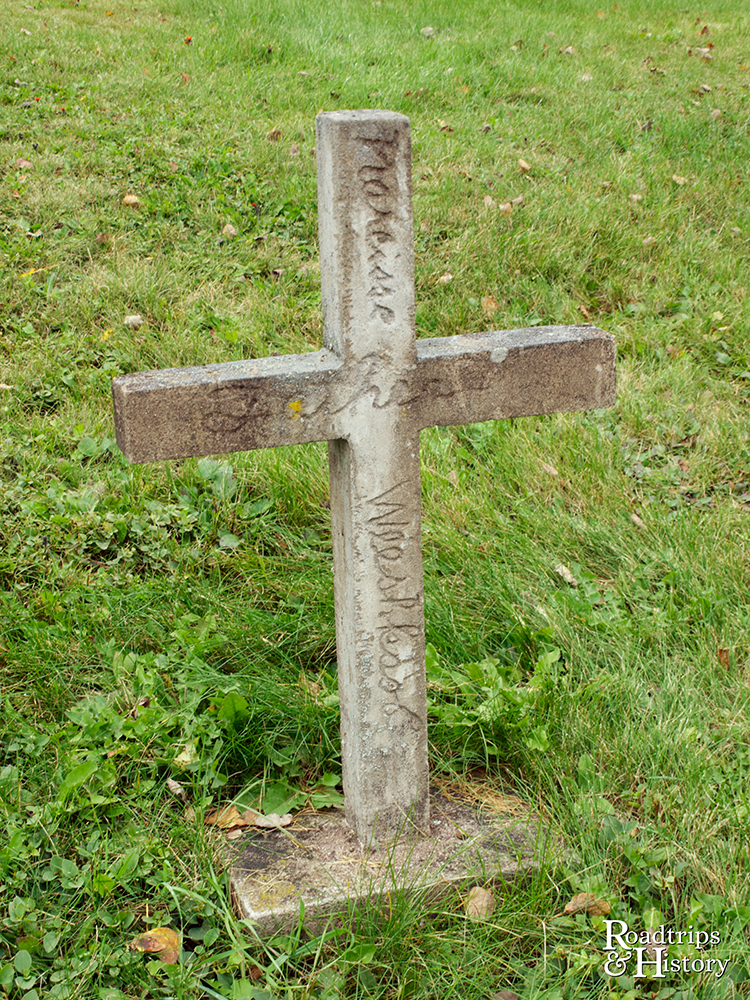
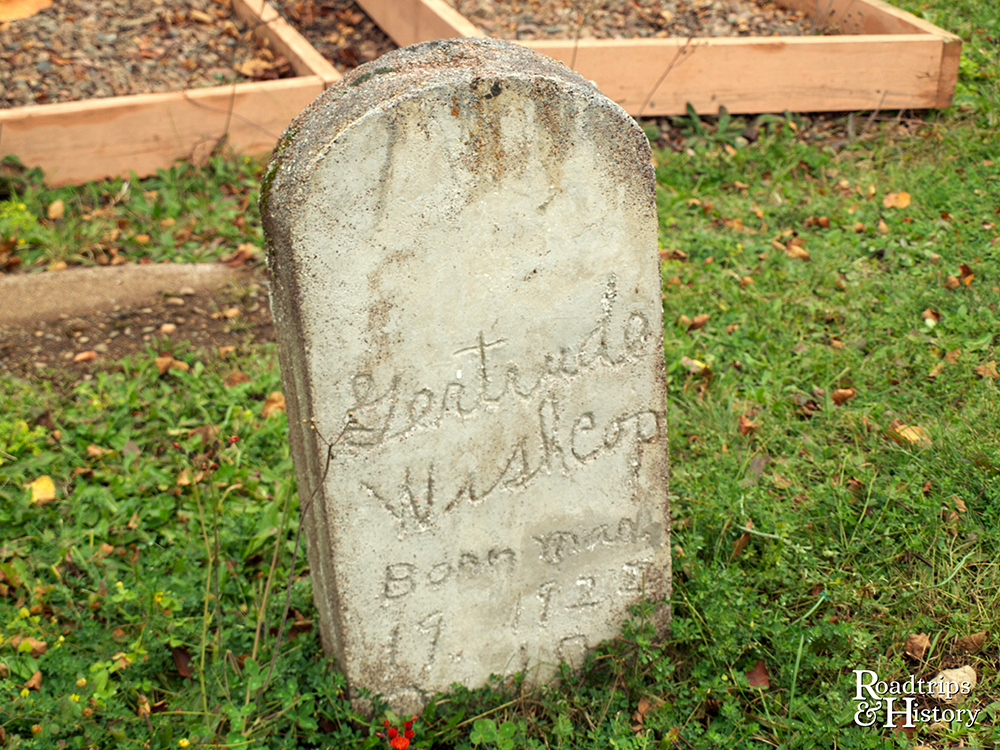
You’ll find the grave of Frank Wishcop, a veteran and builder of the Saint Francis Xavier Church. His brother Joseph — also a veteran– and sister Gertrude are buried nearby. Gertrude’s grave marker is made of concrete and has her name and dates lovingly handwritten in the cement. You’ll also find members of the Beargrease and LeSage families, among others.
New Cemetery
By 1926, the old Chippewa City Cemetery was full. A new plot of land just across the narrow dirt road was donated for a new cemetery. Most graves have stone headstones, some covered with moss and lichens, ensuring future generations will know where they lay.
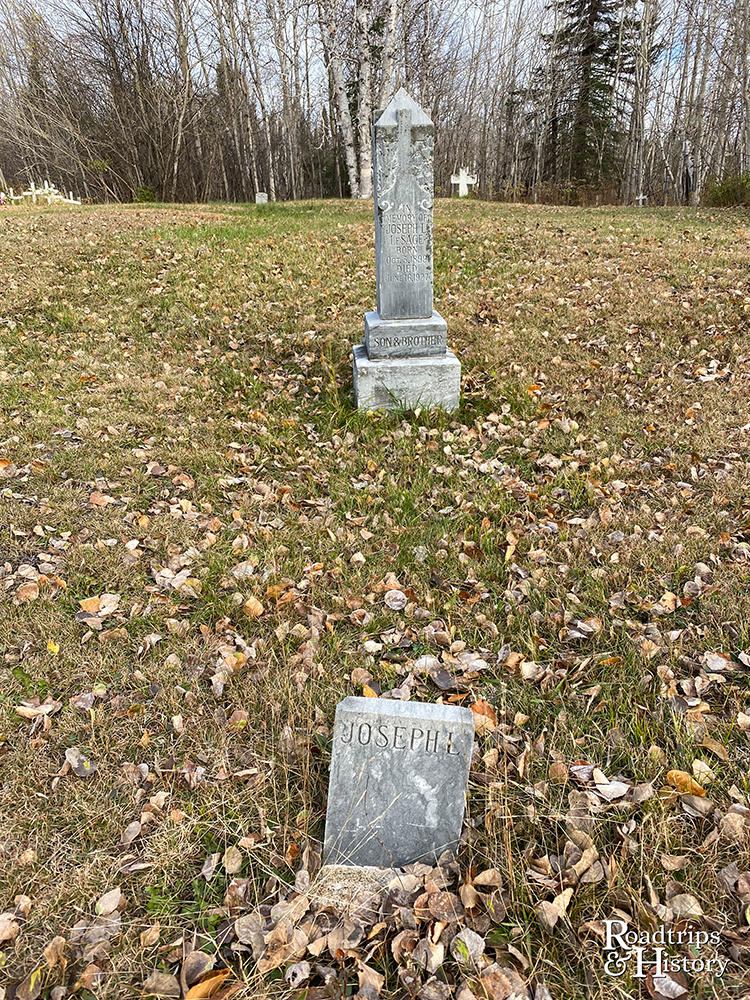
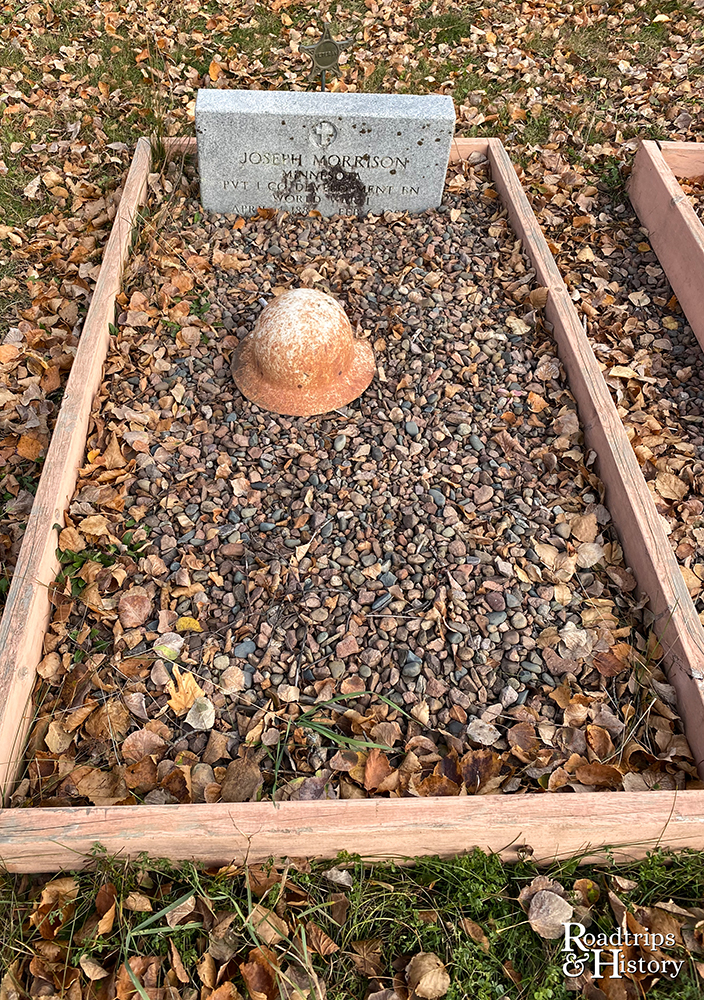
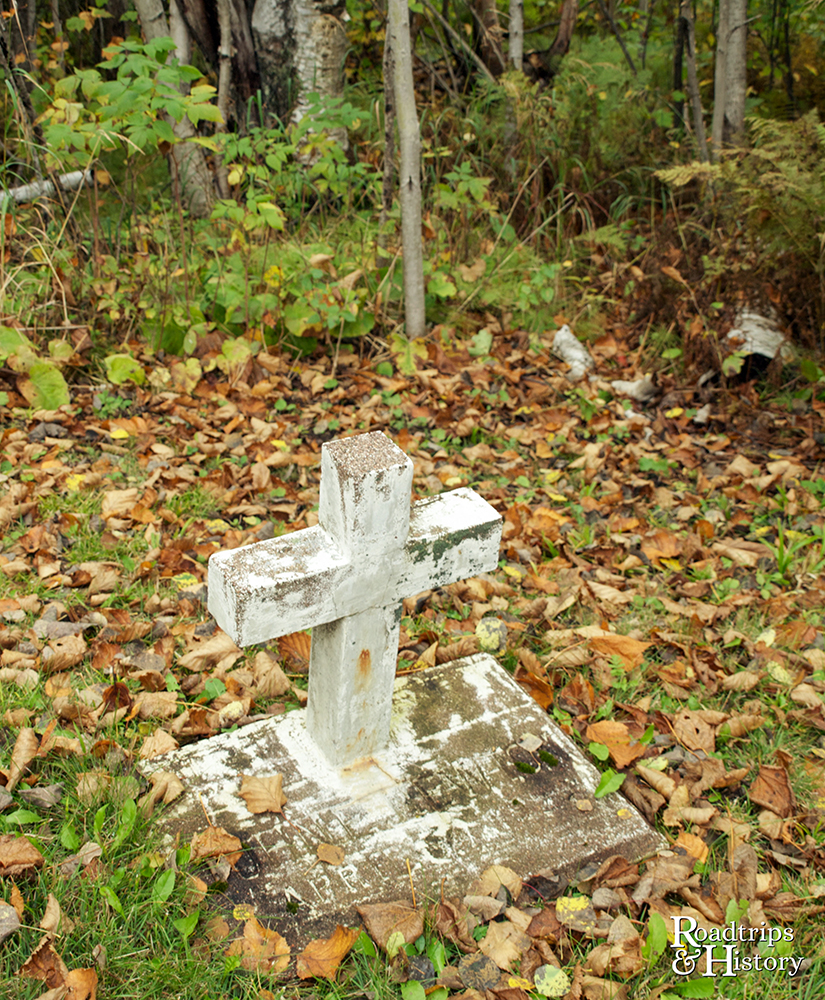
You’ll find many of the same names on this side of the road as on the other, along with some new ones. There are Zimmermans, Paros, Drouillards, and plenty others that show that the community thrived for generations.
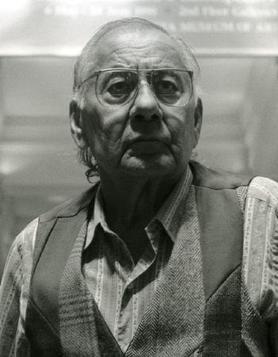
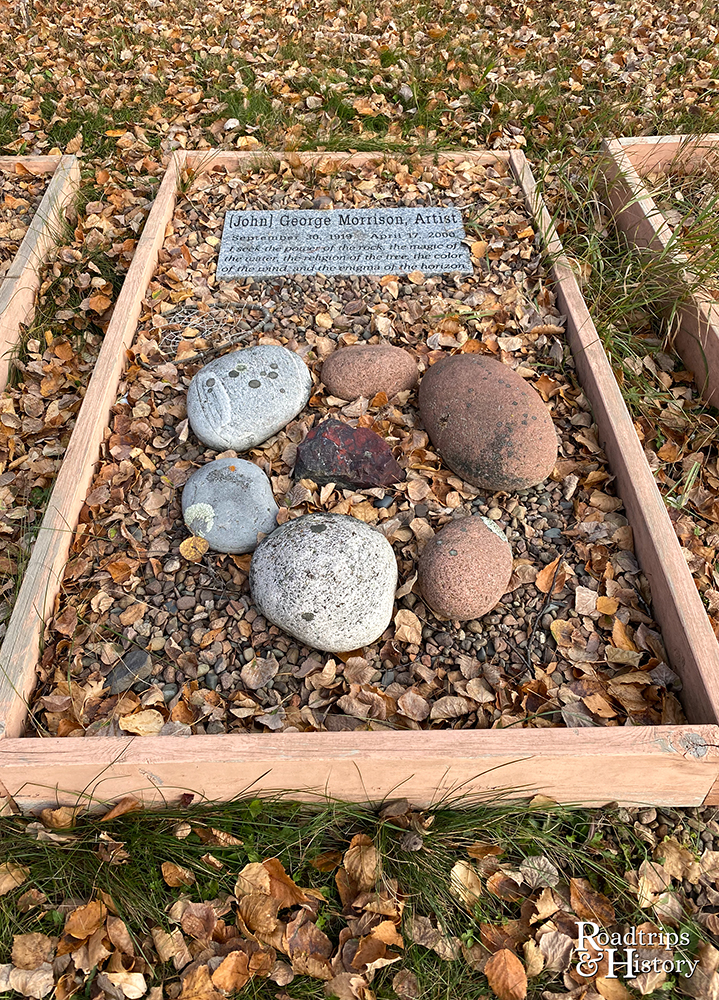
You’ll also find the Morrisons, including George. George Morrison was an esteemed contemporary artist (and one of my forever favorites.) George was born in Chippewa City in 1919. His work has been shown at the Smithsonian Museum and is in the permanent collections of the Whitney Museum of American Art in New York, the Plains Museum in Fargo, the Heard Museum in Phoenix, Mia in Minneapolis, along with the Minnesota Museum of Art and the Minnesota Historical Society in St. Paul, to name a few.
Today, the new cemetery is still used by descendants of the Chippewa City and Grand Marais Chippewa families.
